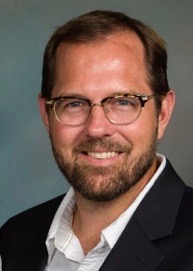On this day, Indian Prime Minister Narendra Modi visits the United States for the first time since his visa ban was lifted. On this momentous occasion, Cornerstone revisits the implications of Modi’s rise to power.
By: John Dayal
It is not a jubilee year for independent India, but it is nonetheless a landmark anniversary. Not since Mrs. Indira Gandhi lost office and Mr. Morarji Desai assumed power at the head of the Janata Party has there been such a drastic change, even a reversal, of ideologies, policies, and a vision for the future.
The factors that led to the defeat of Mrs. Gandhi in 1977 are now well known. She halted democracy in its tracks and gifted the country’s governance to her son Mr. Sanjay Gandhi, who emerged as the undisputed extra-constitutional center of power and authority. For all practical purposes, the Constitution was suspended, and an unofficial dictatorship came into being.
I mention the Emergency [1975-1977] for two reasons. The first reason for the total recall is that the Emergency shattered the belief that the foundations of Indian democracy are so strong and rooted in the Freedom Struggle that they cannot be shaken even momentarily. The second is that a “popular” and “strong” leader with a mass following and little opposition—and perhaps assisted by extra-constitutional power centers—can if she or he wants to, do just about anything with the governance machinery.
Mr. Morarji Desai, who became prime minister after Mrs. Ghandi’s defeat, had to make a clean break from the past. He was unequal to the task, but the Jan Sangh was a part of the government and made full use of the opportunity, penetrating the media and various wings of the government. This was of great help to the Bharatiya Janata Party, the new version of the Jan Sangh, when it came to power in 1998. The current prime minister, Mr. Narendra Modi, does not face the issues that confronted Mr. Desai. Dr. Manmohan Singh, the Congress-led United Progressive Alliance prime minister, did not alter the democratic fabric. He followed a neo-liberal economic and development policy that quite mirrored the ideological thesis of the BJP. He pandered to the same industrial and corporate interest groups that ten years later were to sponsor Mr. Modi.
For Mr. Modi, in fact, it has been a seamless transition as far as economic policy, foreign affairs, and development strategies go. The first budget of his government shows how little has changed. The same tokens for the poor and the same major concessions for the corporate sector are the budget’s highlights.
Mr. Modi’s speeches in Parliament and his intervention in the administrative structures give ample evidence that he sees himself as the sole repository of political and governance power, so endowed by the massive mandate he earned for himself in the 2014 general elections.
“Should one expect ruthlessness in his regime not seen since the mid-1970s?” is a question that troubles political observers and analysts and members of the civil society. When he was chief minister of the state of Gujarat for well over ten years, he did run it as a personal fiefdom. Is that model of governance transferable to the Union headquarters? Perhaps not. Time alone can tell.
Many analysts have said that Mr. Modi rides two horses. One is the development and good governance agenda, which he has repeatedly articulated as his mantra in Gujarat and in New Delhi since he became prime minister. The other remains Hindutva, the right-wing, hyper-nationalist argument of supremacy that posits Hindus as the sole inheritors of the Indian civilization and culture.
If the development agenda fails, Mr. Modi will ride full gallop on the Hindutva horse, if he wants to win the next elections in 2019.
“Can the development agenda succeed in the circumstances that the Indian economy finds itself in this globalized world?” is then the big question. Economic and emotional depression brought on by crop failures due to the lack of rain in the forecast, along with attempts to generate mass employment through highway and bullet train construction that are bound to fail do not bode well for the development agenda.
Moreover, there will be 100 million young men and women looking for jobs, apart from those in the un-cleared backlog. Cashing in the demographic dividend will not, therefore, be an easy task with the main markets in Europe and North America still not out of the doldrums, and little spare capital from abroad for the much wanted foreign direct investment (FDI) that is such a pet of Union finance minister. And this is not even hinting at the fact that much of this FDI is really Indian black money generated by the Indian corporate world.
The economy’s refusal to resurrect itself in a rapid manner and the failure to create jobs on a massive scale are dangerous portends. They may collectively pose a threat to the self-confidence of the government and frustrate Mr. Modi in his self-appointed role as the man who would deliver India from all its Ills and past failures.
Much will depend on how he responds to a future economic crisis. He just cannot afford a failure. The people would pray that the crisis does not come about.
And, I suppose, a prayer is needed.
The BJP’s election rhetoric left no one in any doubt as to the ideological foundations of the group.
Once in power, they have been true to this promise in a large measure. The call for a uniform civil code, which is now popularly understood as a punitive measure against Muslims to control their demographic growth, was the early sign. The massive changes that have started taking place in the Ministry of Human Resources Development under the euphemism of “harking back to the ancient Indian cultural values” and the sudden attack on perceived vestiges of Western culture, such as the English language and the so called “pub culture,” are weathervanes of future storms.
Patently, there is a growing environment of laissez-faire and disregard for the law at the grassroots level, where local extremist militant groups think they will be protected if they act against religious minorities. Administrative actions like scrutiny and harassment by the Intelligence Bureau, threats to permits that receive donations and grants from foreign countries under the Foreign Contributions Regulation Act, and the bigotry of the local police and subordinate judiciary serve to silence and emasculate the church. It is little wonder that Church hierarchies, Catholic and Protestant, have been so silent since Mr. Modi took over. Many religious leaders in fact are singing praises of the new prime minister, some delving into theology to call him a “gift from God.”
I do not blame them. The first human instinct is to survive or perhaps to live to fight another day. But silence at critical times leaves the victims directionless and very depressed. The Indian church hierarchy has seldom critiqued development and technology policies of the governments in the past, and it is not expected to do so now. This is a great pity.
Now, as never before, is the time for the spirit of the people to assert and defend the idea of India. This is an India, which is, above all, inclusive. It acknowledges and celebrates diversity: cultural, ethnic, social, religious, and linguistic. It cares for the poor and the marginalized without rejecting development and growth. It loves the antiquity of the Indian civilization while rejecting intrusions like the concept of untouchability and patriarchy. It protects the environment, the forests, mountains, and the rivers; each of which is holy.
This vision of India needs to be reiterated from the ramparts of the Red Fort every Independence Day.
Eminent journalist, author, occasional documentary filmmaker, educationist, and internationally known human rights and peace activist
, John Dayal is a member of the National Integration Council, chaired by the prime minister of India.
This piece was originally authored on September 26, 2014 for the Religious Freedom Project at Georgetown’s Berkley Center for Religion, Peace, and World Affairs.
THE RFI BLOG

How Soccer Reveals Different Meanings Of ‘Secular’ In France And The US
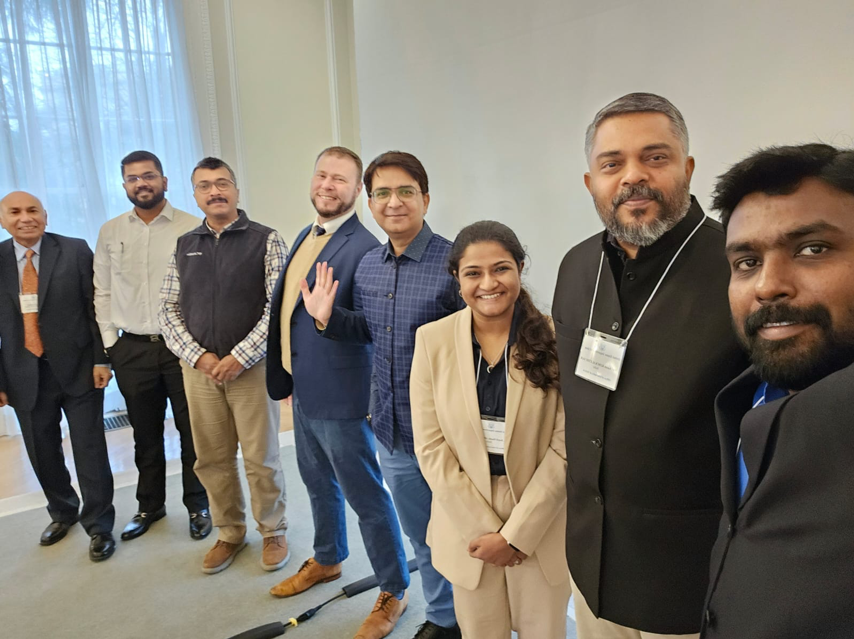
RFI’s Ismail Royer Meets with Delegation from India
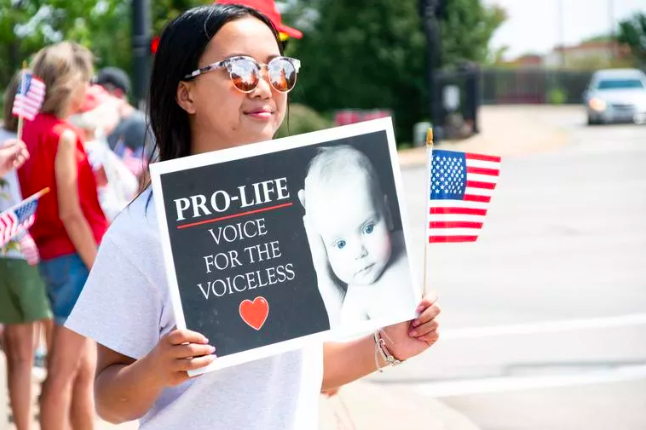
Protecting the Unborn, Mothers, and Medical Ethics: The Stakes of Arkansas’ Amendment
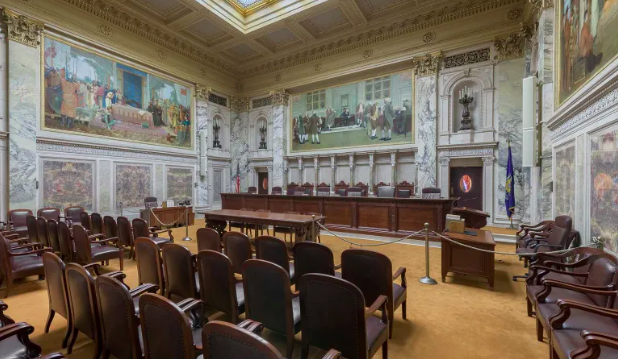
Wisconsin Supreme Court Punishes Catholic Charities for Serving Everyone
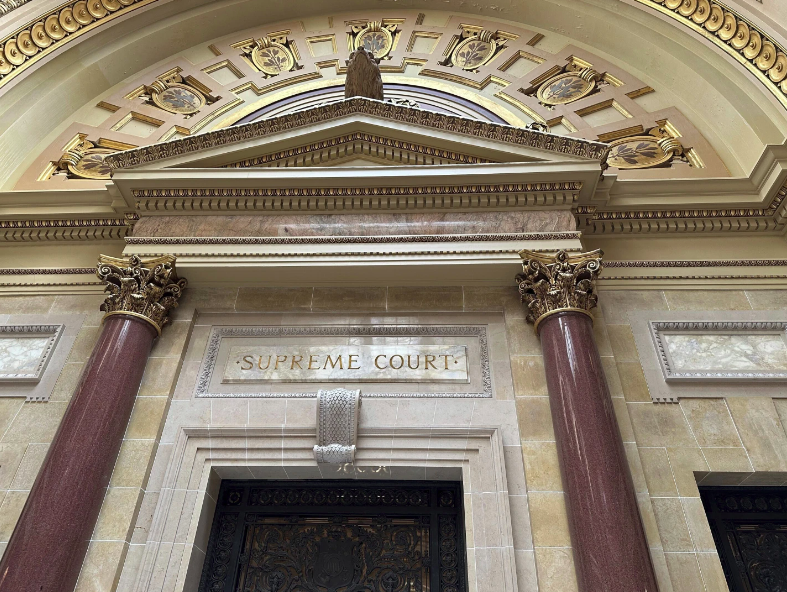
Wisconsin Supreme Court Decision Truncates Religion
CORNERSTONE FORUM

Public Bioethics & the Failure of Expressive Individualism

Religious Liberty in American Higher Education

Scotland’s Kate Forbes and the March of Secularism

70 Years of Religious Freedom in Sweden: Prospects and Challenges
